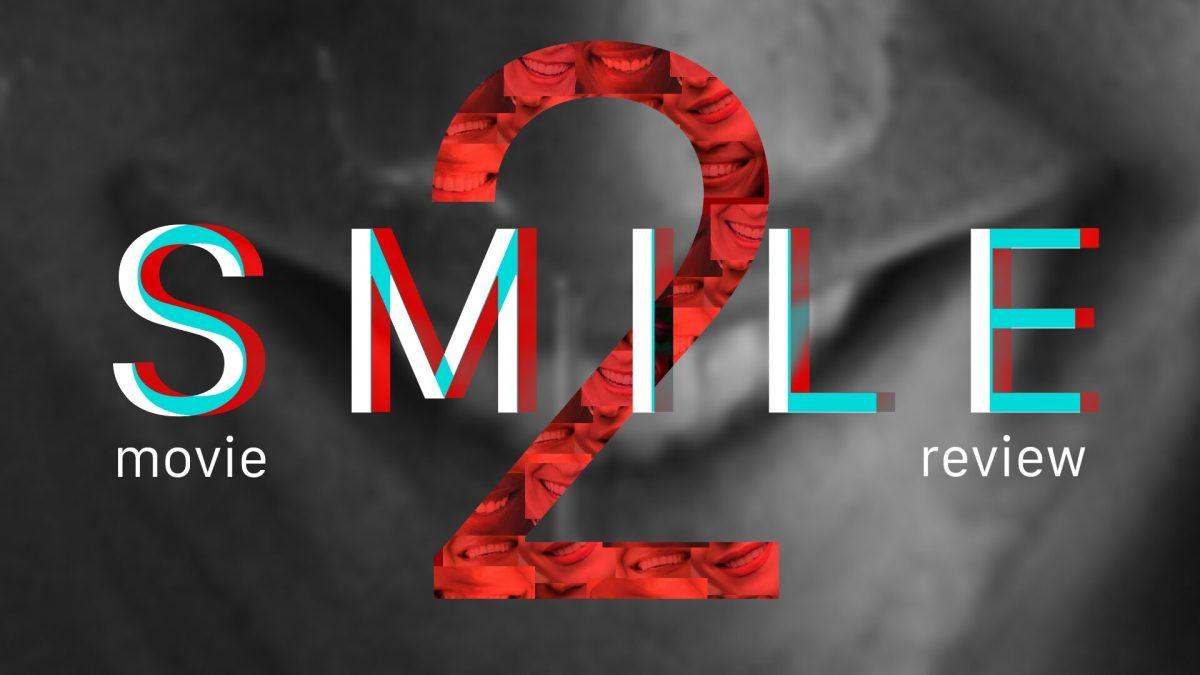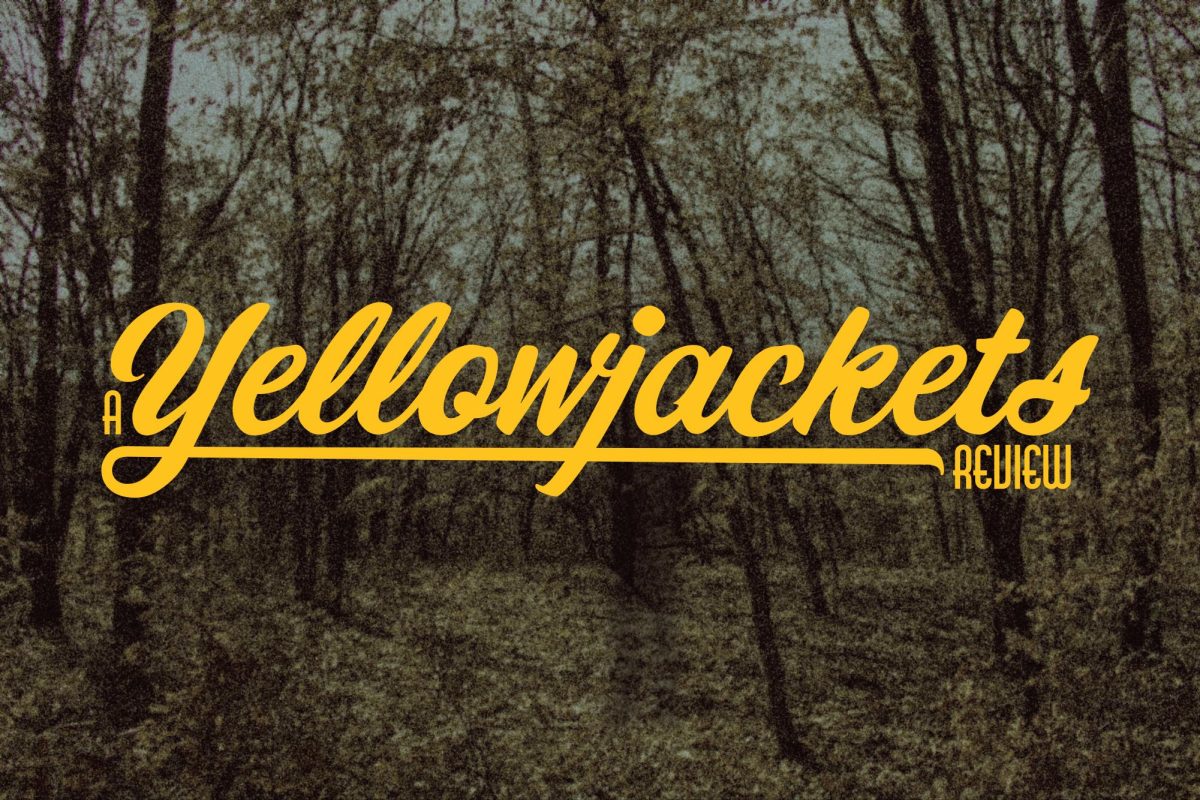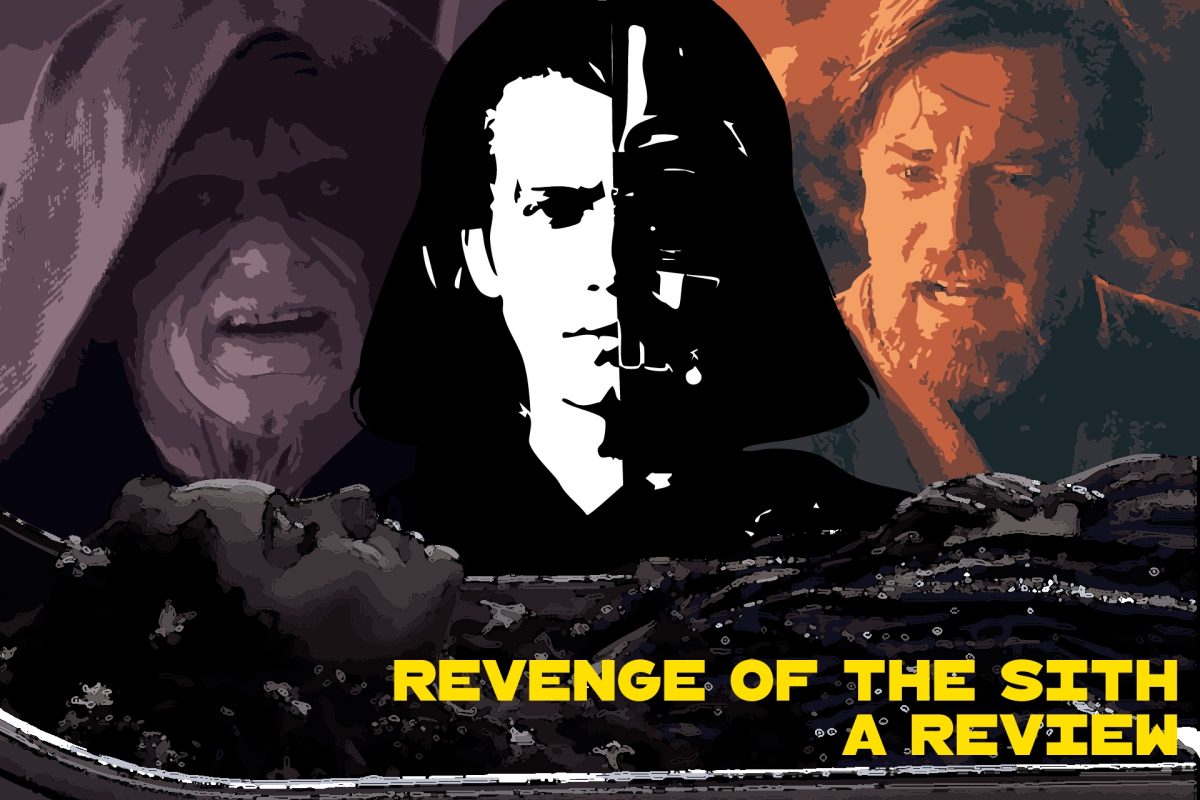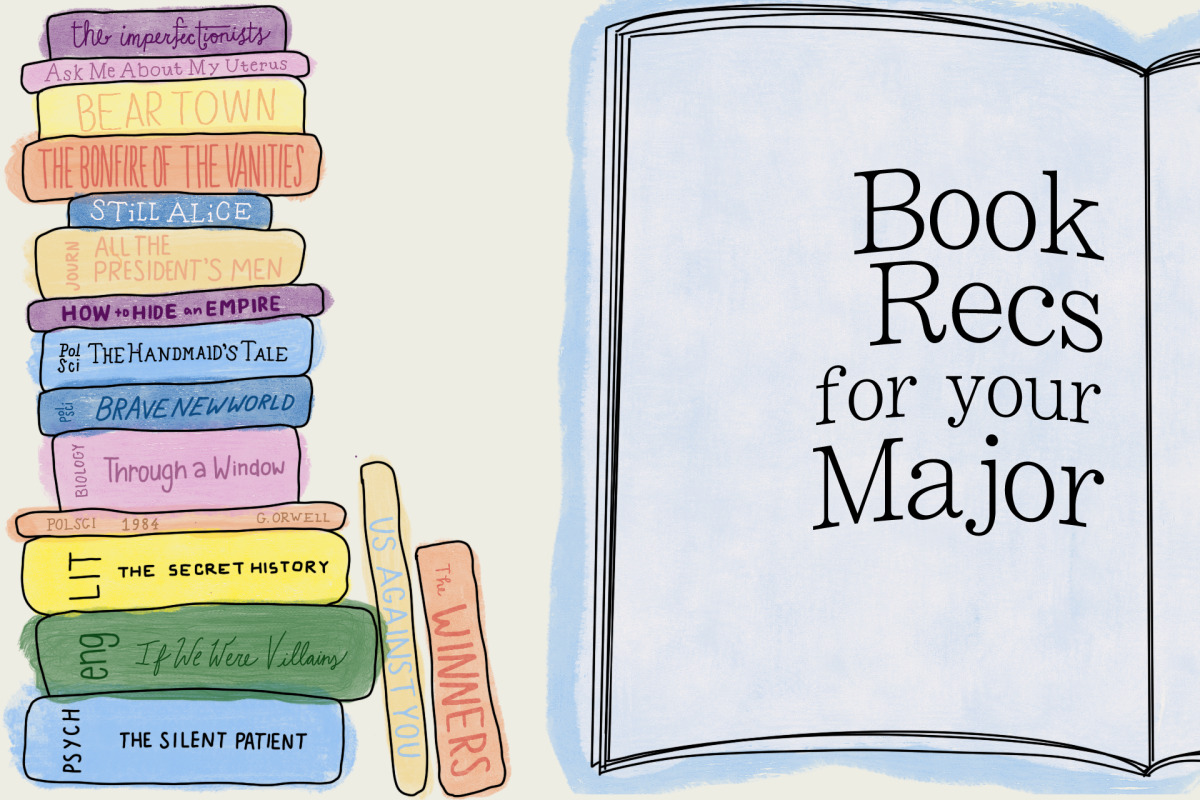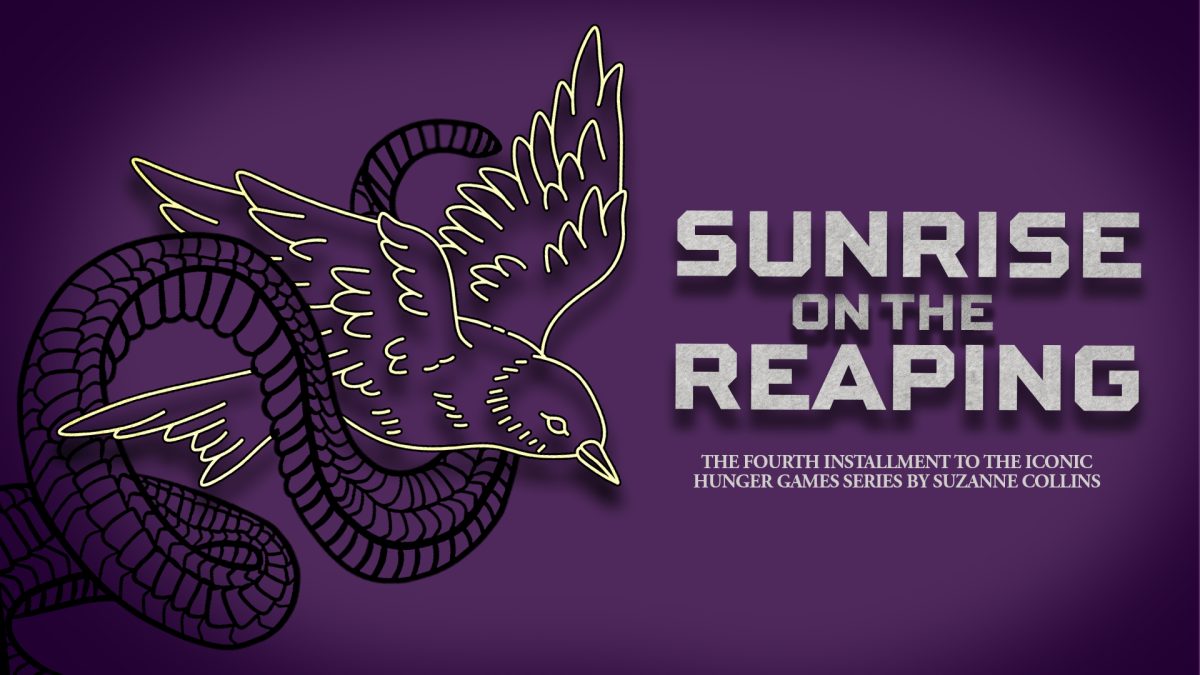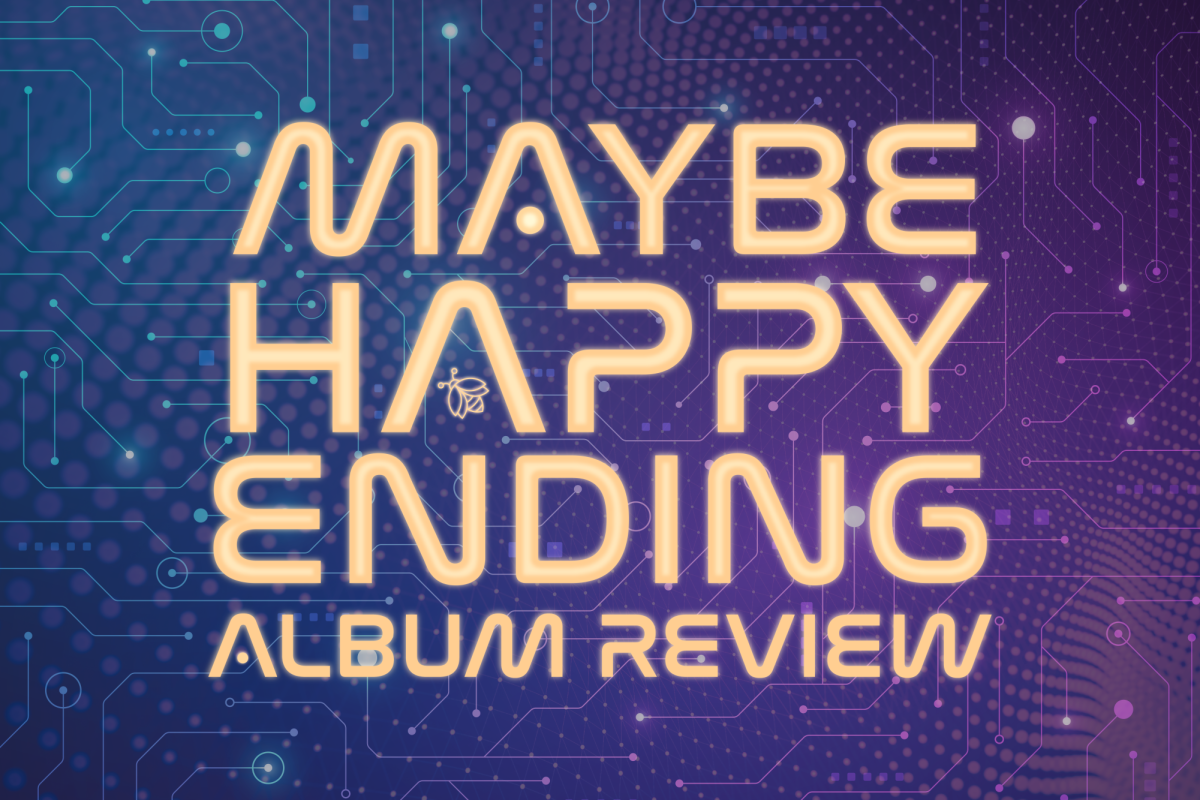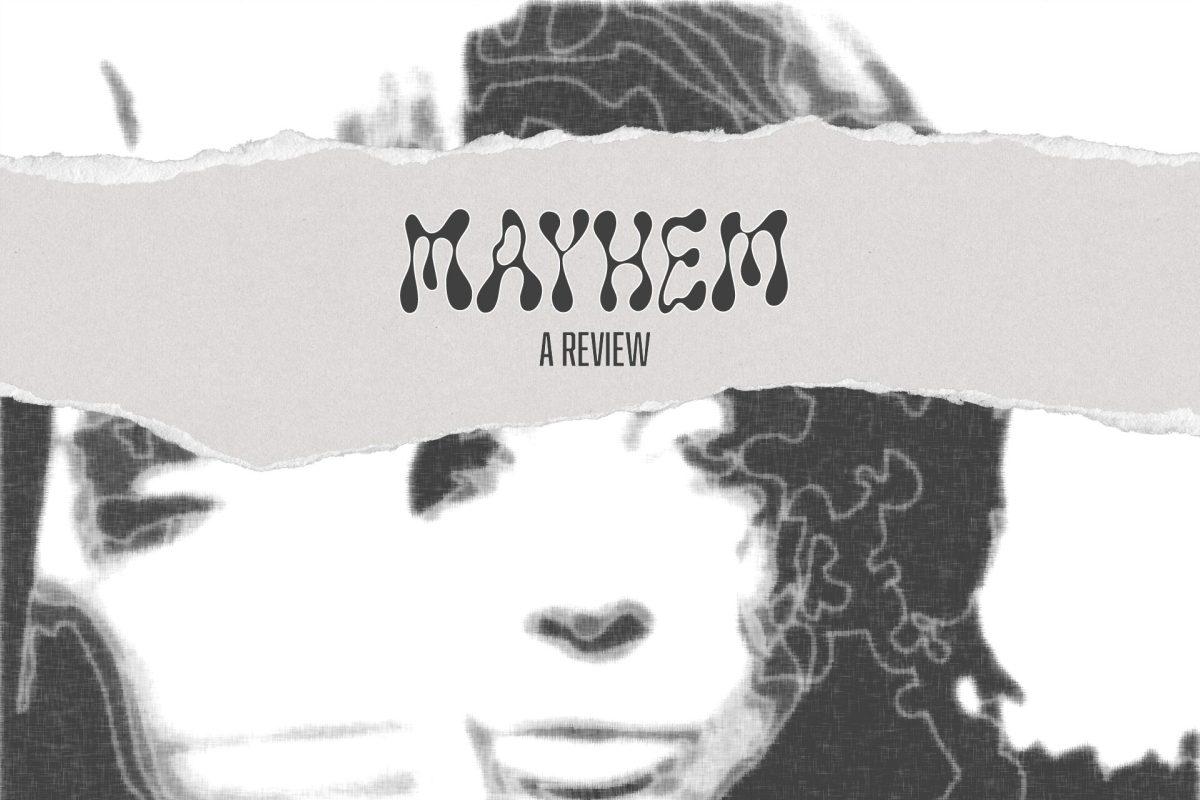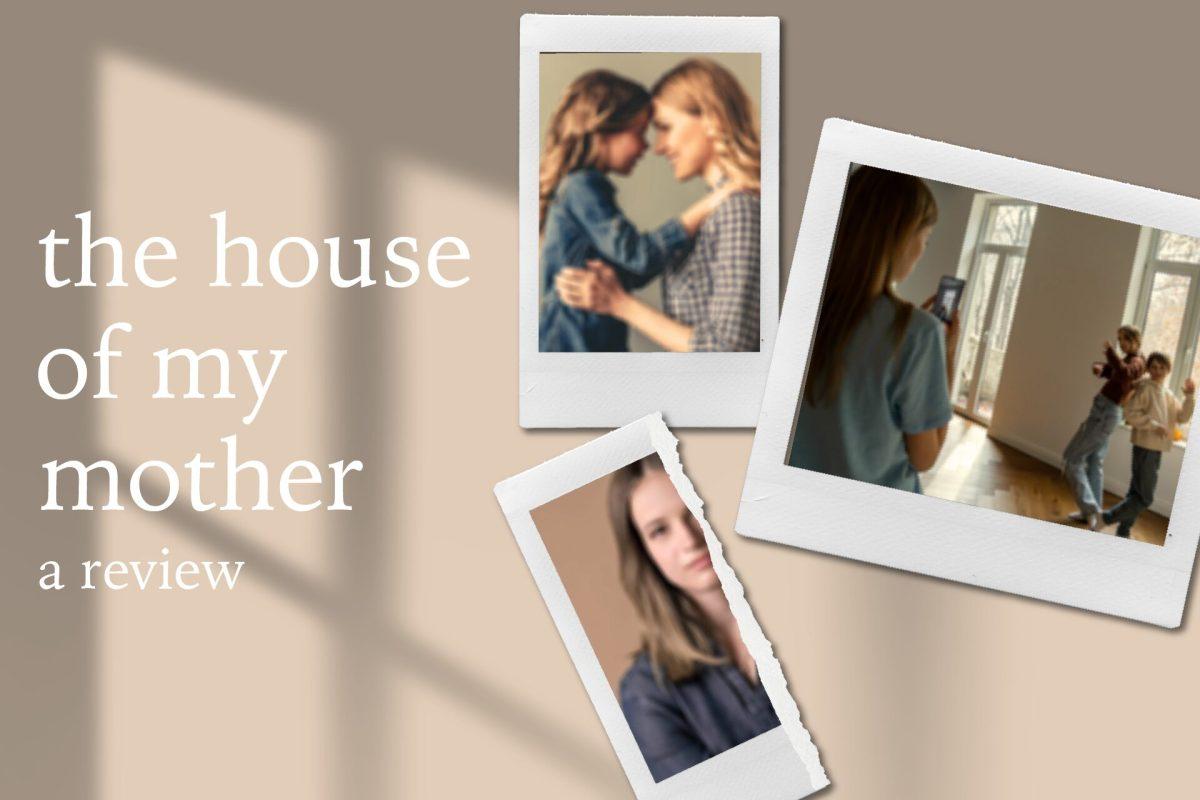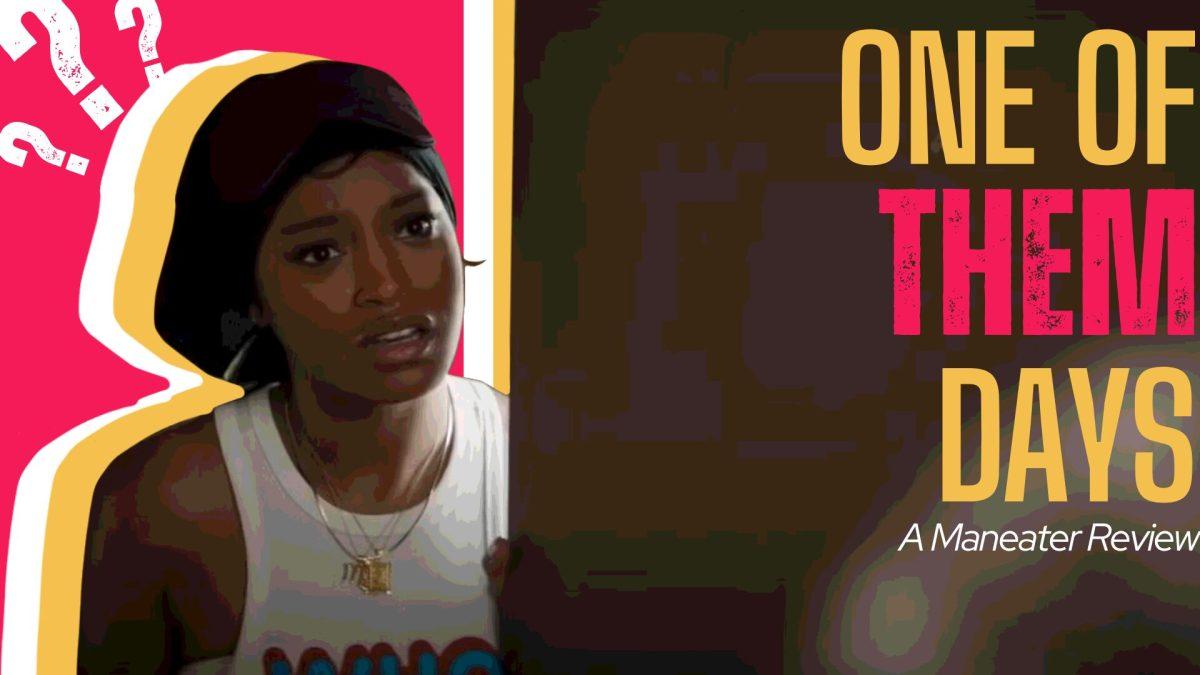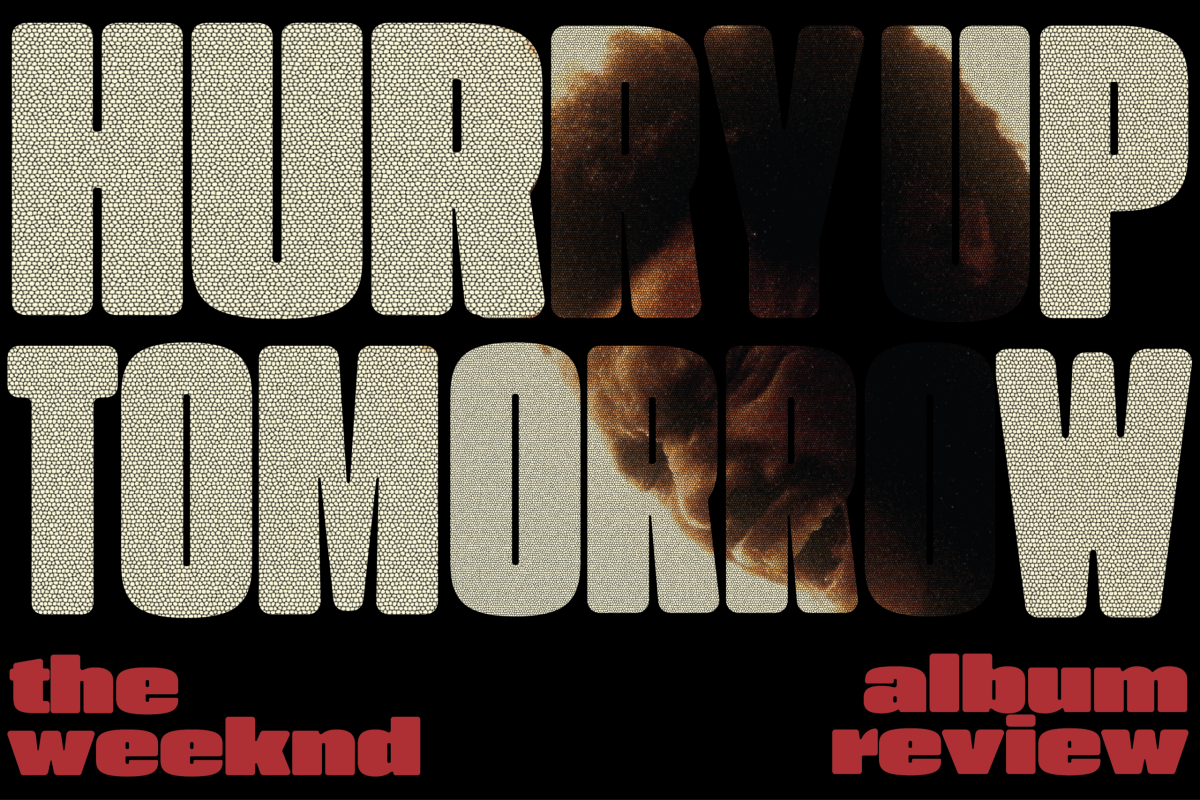Offering a peculiar viewer experience, this film leaves its mark as a parody dressed up as horror
“Smile 2” may be the most ridiculous horror film of the year. From the skid-marked underwear to the shamelessly plugged VOSS water bottles, the film made the audience at Forum 8 Cinema scream much more from laughter than with fear.
The “Smile” franchise had a lot to uphold with this movie release, and has been building up anticipation through its unorthodox marketing. Employed actors were hired to stare blankly with grotesque smiles at major public events, everywhere from sports games to the MTV Video Music Awards.
These performers would sit motionless in the crowd, their unsettling expressions fixed on the camera, catching you off guard in the corner of your screen. This invasive, almost predatory marketing scheme played on the primal discomfort of a smile that doesn’t reach the eyes — an intensity that promised more horror than the film ended up delivering.
The movie picks up six days after the events of the first “Smile,” where the sinister curse that drives its victims to suicide resurfaces. This time it latches onto international pop star Skye Riley (Naomi Scott), dragging Riley into a grotesque and chilling spiral of supernatural events.
Riley is fresh out of rehab for substance use and still mourning the loss of her actor boyfriend Paul Hudson (Ray Nicholson), who died as the driver in a car accident a year prior. The accident happened when Hudson and Riley (both not sober) started arguing, with Riley jerking the wheel and driving them off a cliff.
Despite her newly-polished appearance, she still struggles with chronic pain from the accident and continues to use drugs. As she prepares for a high-stakes tour that is set to alter her career if it fails, she is desperate for painkillers and meets her dealer, Lewis Fregoli (Lukas Gage).
Fregoli appears erratic and panicked, but after a few minutes of absence he re-appears wearing the film’s trademark unsettling smile. He picks up a weight plate and gruesomely bashes his head in right before Riley’s eyes, passing the curse onto her.
As we watch Riley’s sanity derail, the film attempts to blend her hallucinations with a commentary on the pressures of being a pop star that brings up intriguing, yet underdeveloped, themes. Many of her delusions manifest as crazed fans trying to kill her, emphasizing the constant scrutiny celebrities face.
A particularly bizarre hallucination involves a random stalker in her home, leading to an odd moment where we see him undressed in Riley’s bedroom — a scene that feels absurdly out of place and sets the tone for the movie as more parodical than sophisticated.
This absurdity points to how celebrity struggles are often commodified rather than treated with empathy. Other famous figures in pop culture, like Riley, are trapped under the weight of public expectation, unable to seek genuine help without being viewed as a product to be quickly fixed and pushed back into the spotlight. Even Riley’s own mother sees her more as a wind-up toy than as a person, brushing off her pleas for a break and demanding she continue the tour without considering her mental health.
While the film teases a deeper commentary on the isolation and dehumanization of fame, it never fully commits. Instead, scenes that should explore these dark themes feel more like satirical mockery — with the “smiling people” that haunt Riley throughout the movie coming off as more of a theater troupe than a daunting presence. It feels less like a chilling embodiment of Riley’s internal struggles and more like a punchline.
While this parodic approach may undercut the horror at times, it’s hard not to enjoy the comedy woven throughout. The franchise gravitates through the new horror-comedy aspects with unexpected zeal, though you wouldn’t guess it from its intense promotional campaign. Those eerie smiles in public hinted at something frightening, but the film’s shift to humor is surprisingly fun — just not what you’d expect.
Visually, the movie places a heavy emphasis on mirrors and distorted realities, using these elements to symbolize Riley’s dwindling sanity. The constant flipping of images and altered camera angles aim to disorient the viewer, mirroring Riley’s fractured perception of her world. Each transition cleverly utilizes horizontally flipped shots to not only unsettle Riley but also immerse the audience in her chaotic mind.
The film captures the intensity of her public breakdowns, showcasing how her spiraling mental state unfolds under the scrutiny of fame. Scott’s performance especially excels in portraying this slow descent into insanity, encapsulating the fragility of a woman battling her inner demons while navigating the expectations of celebrity life.
Despite the film’s confused themes, Scott’s portrayal of Riley remains a compelling anchor to its point, illustrating the tragic reality of facing one’s darkest fears amidst the relentless glare of the spotlight.
In comparison to “Smile,” which felt unintentionally ridiculous in its attempts to be frightening, “Smile 2” almost accepts its absurdity. The first movie played its gore and “creepy smiles” straight, hoping to shock but mostly landing as unintentionally goofy. The sequel takes a different route, using humor as a self-aware device to highlight the ridiculousness of its premise. It’s as if “Smile 2” knows the smiles aren’t that terrifying and instead lets the audience in on the joke, riffing on the horror genre with a clear satirical lens.
This shift in tone is amusing, but it’s not without its odd breaks. The film’s comedy often derails genuine tension, like when Riley’s mom reminds her of her therapist’s advice of chugging water to avoid drugs, which then turns into frequent scenes of Naomi Scott downing full bottles of VOSS. It happened so many times — without any background music or other foreshadowing elements — I couldn’t tell whether it was a brand deal or an inside joke between the movie producers. Then there’s Riley’s best friend, Gemma (Dylan Gelula), who delivers every line with such deadpan indifference that her eventual transformation into one of the “smiling people” feels very unserious.
Ultimately, “Smile 2” makes it clear that this franchise now leans toward the horror-comedy genre, a decision that results in a drastically different experience than its predecessor. The humor here is intentional and playful, breaking horror conventions and poking fun at celebrity woes in ways that leave a more memorable impression.
Although it’s more on par with “Scream” than “Get Out,” “Smile 2” will allow you to ponder the superficiality of a superstar’s struggles while giggling at how many times said superstar chugs an entire 24-ounce bottle of water in under 30 seconds.
Edited by Ava McCluer | amccluer@themaneater.com
Copy edited by Emma Short | eshort@themaneater.com
Edited by Emilia Hansen | ehansen@themaneater.com
Edited by Annie Goodykoontz | agoodykoontz@themaneater.com

